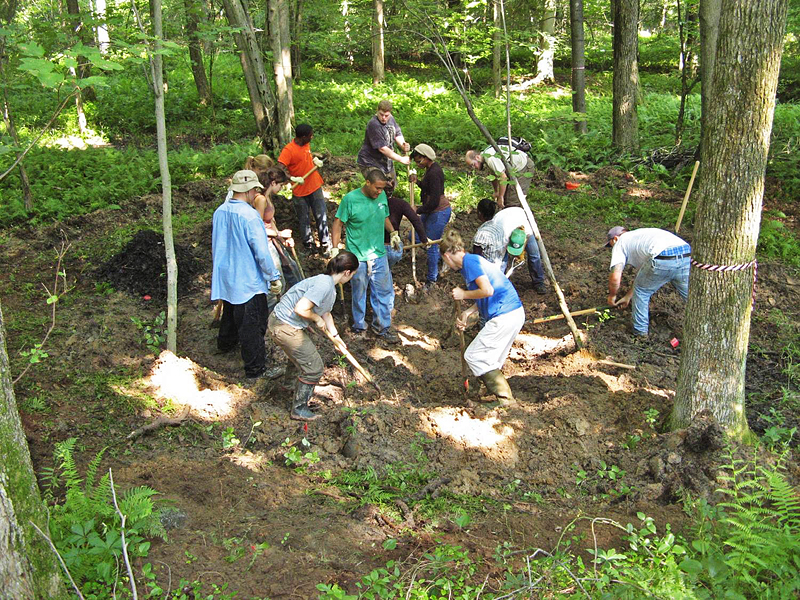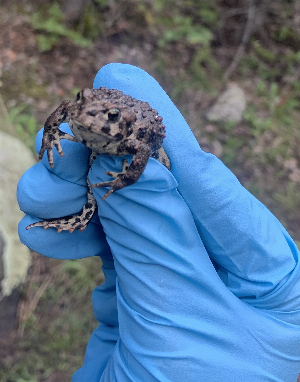Management
Only a few years ago, amphibians were rarely considered in the development and implementation of management plans. But now, it's not uncommon to see amphibian populations as the primary targets of management activities.
ARMI scientists conduct research on the impacts of various traditional management actions on amphibians, and have worked with partners to develop and test novel management options specifically to benefit amphibians.
Important decisions are made every day on management and policy that affect multiple wildlife species. ARMI works with its partners in Federal and State agencies to develop processes for structuring their natural resource decisions to achieve their conservation objectives related to amphibians.
Management - ARMI Papers & Reports
Papers & Reports Of toads and tolerance: Quantifying intraspecific variation in host resistance and tolerance to a lethal pathogen
Papers & Reports Matching decision support modeling frameworks to disease emergence stages
Data Release Amphibian (chorus frog, wood frog, tiger salamander) surveys in Rocky Mountain National Park (1986-2022)
View All Data Releases on Management
* PDF documents require Adobe Reader or Google Chrome Browser for viewing.



